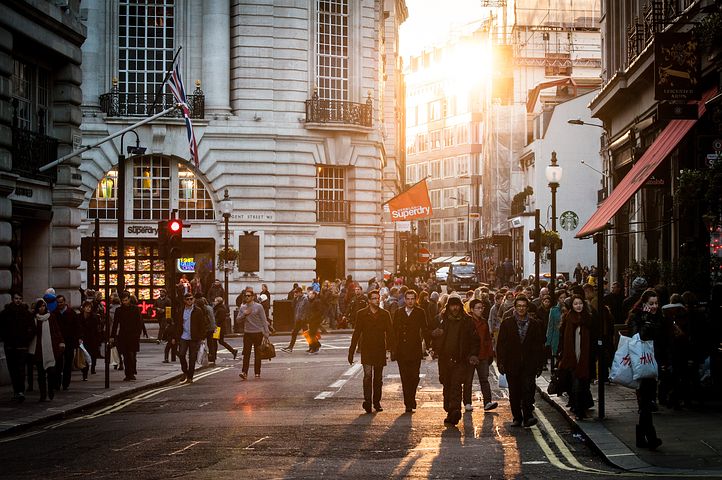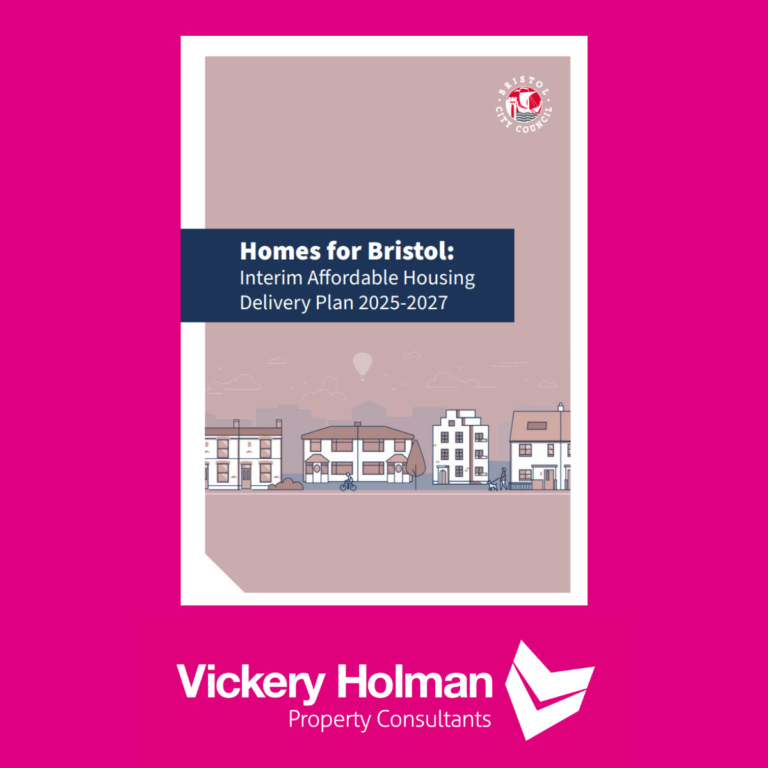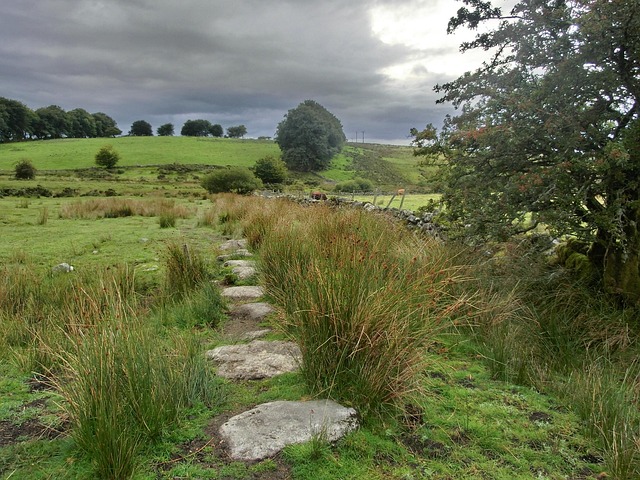What’s the future for retail on the high street?
The future for retail has been looking under pressure for some time. Long before anyone had heard of Covid 19 we were aware that our retail high streets have been under huge pressure to change. The contributory causes to the woes of the high street over the years have included the growth of out of town shopping, rents and business rates that have arguably become out of sync with trading levels and of course the unrelenting rise in internet shopping – all of which have been discussed many times – but the period of lockdown earlier this year acted to bring even more pressure on to retailers.
Lockdown was made bearable for many people by the fact that internet shopping remained open for business while the high street was largely a no- go area. This helped cash flow for retailers with a good online presence so while not driving footfall to shops at least it helped sustain businesses. Since restrictions were eased the high street re-opened with social distancing measures and this has meant that shoppers have been able to return where they have felt safe to do so but this return has not been sufficient to stem the distress amongst many shop occupiers.
‘The fact that town centres are going to have to adapt significantly to re- align with demand is even clearer than ever. There is a future for retail – in spite of current circumstances and looking to the years ahead we can rely on the fact that people generally do want to be sociable and have a sense of belonging and community and our town centres have throughout the ages always been at the centre of this. ‘ states Alan Treloar, Head of Agency for Vickey Holman Property Consultants. ‘Our current experience is that demand for smaller retail units, within the reach of sole local traders, has remained during all but the toughest of the past few months while the demand for larger shops – once the domain of the national chains – has fallen significantly but this was already the trend pre- virus in any case. The pandemic has just made a difficult market for larger retail space even more challenging.
Landlords of larger shop units are now often having to consider making serious compromises to their rental income and other lease terms and take a more collaborative approach with their tenants than ever before. Turnover rents, which for most of us in the South West were something we heard of but never experienced have now become a reality in many situations.’
To create this sense of a place to come together even more is going to need to change, beyond continuing to support retail uses where possible, to bring more people into town centres so we need to see more initiative going in to creating new living and working space above, behind and within the high street. Put simply, the more people living and working in a town centre will lead to more footfall and ultimately customers for the high street business. This will help all towns – not just those that are thought of attractive places to visit in their own right – coastal hot spots for instance.
The future for retail includes finding alternative uses.
‘As well as landlords and retail tenants needing to work together we need to be more open-minded to potential alternative uses for larger retail units when they become vacant and where there is little demand. There is a trend towards occupiers that once only occupied upper floors in our towns coming down to the street and as a result, becoming more accessible to their clientele – and this includes office occupiers, consultants, health practitioners and others. ‘ added Alan. ‘Recent changes to the planning use Classes will help this reshuffle of some occupiers from upper floors and lower profile ground floor space helped now by the fact that retail, professional services, food and drink, offices and light industrial, nurseries and health services and assembly and leisure uses all now fall within a single Use Class – Class E – whereas previously they each had their own use class and in many cases planning permission was required to move from one to another.
We have yet to see the results of this simplification take hold as the change was only made at the start of September but it should see a diversification of users on the high street that had already begun develop over time and we are looking forward to that taking shape. ‘
Of course we can discuss at length the natural desire that people have to use their towns as part of their daily routine and how planning changes will help drive activity but retailers, BID organisations and local authorities also play their part to ensure that their offer is something that the public want but I think that most of these players are already doing a very good job of this as we have seen towns take action to encourage activity with various initiatives from shopping local campaigns, to festivals, branding and other promotions.
Alan Treloar. Head of Agency
Take a look at property for sale or let here.





